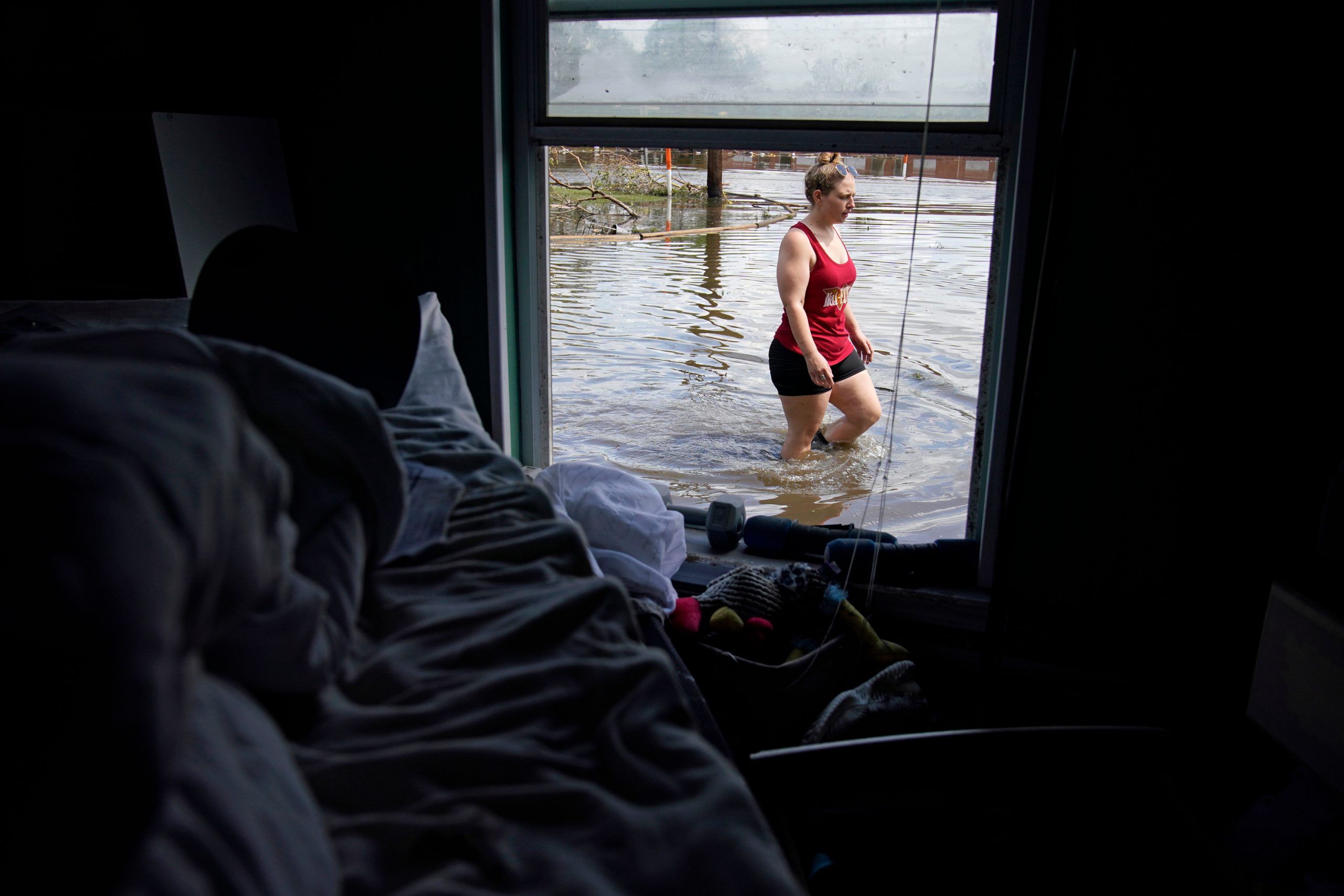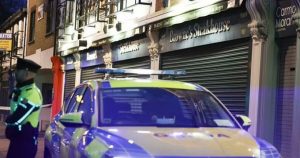New York City was put under ‘flash flood emergency’ for the first time after heavy rains caused by Hurricane Ida inundated the roads and other facilities leading to the airport closures and state of emergency declarations in their state and neighbouring New Jersey, reported AFP.
New York governor Kathy Hochul declared a state of emergency as the remnants of the storm caused massive flooding in the US’ financial and cultural capital, leaving the boroughs of Brooklyn and Queens flooded by the deluge.
Additionally, hundreds of flights have been cancelled at nearby Newark, LaGuardia and JFK airports and flooding has closed major roads across boroughs of the metropolis, including Manhattan, The Bronx and Queens
Also Read: Hurricane Ida: Heavy rains expected soon; damages caused over $50 billion
Explaining the seriousness of the disaster and the issues of emergency, New York City Emergency Management published an explanatory tweet on differences between normal flood warnings and flash flood emergencies, which is an extremely rare event or the city.
“For clarity on the difference between a regular Flash Flood Warning and the Flash Flood Emergencies we’ve issued earlier tonight… This was an exceedingly rare event with 6-10″ of rainfall falling over a several hour periods. Take these warnings (and emergencies) seriously!!” read the tweet.
The New York City administration has also issued a travel ban on September 2 due to severe weather conditions.
The storm has also caused power disruption in various parts of the city where at least 5,300 suffered electricity cuts and disruptions, tweeted Mayor Bill de Blasio.
Earlier, the city issued a rare flash flood emergency warning, urging residents to move to higher ground.
“Significant and life-threatening flash flooding is likely from the Mid-Atlantic into southern New England,” the National Weather Service said in a bulletin, adding three to eight inches of rain could drench the region through Thursday.
Hurricane Ida continues to wreak havoc in the United States. It slammed into the southern state of Louisiana over the weekend, bringing severe flooding and tornadoes as it blazed a trail of destruction north.







